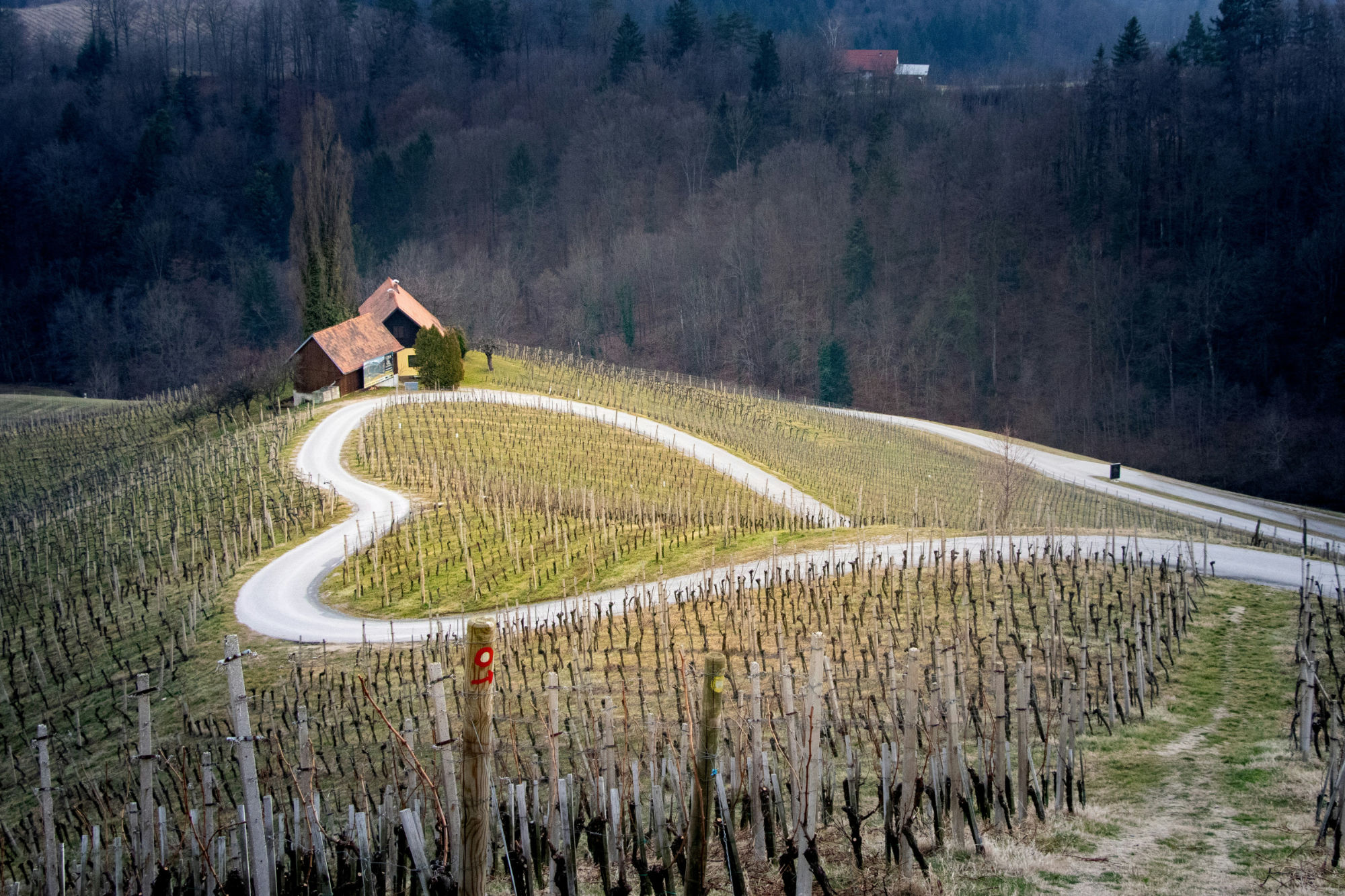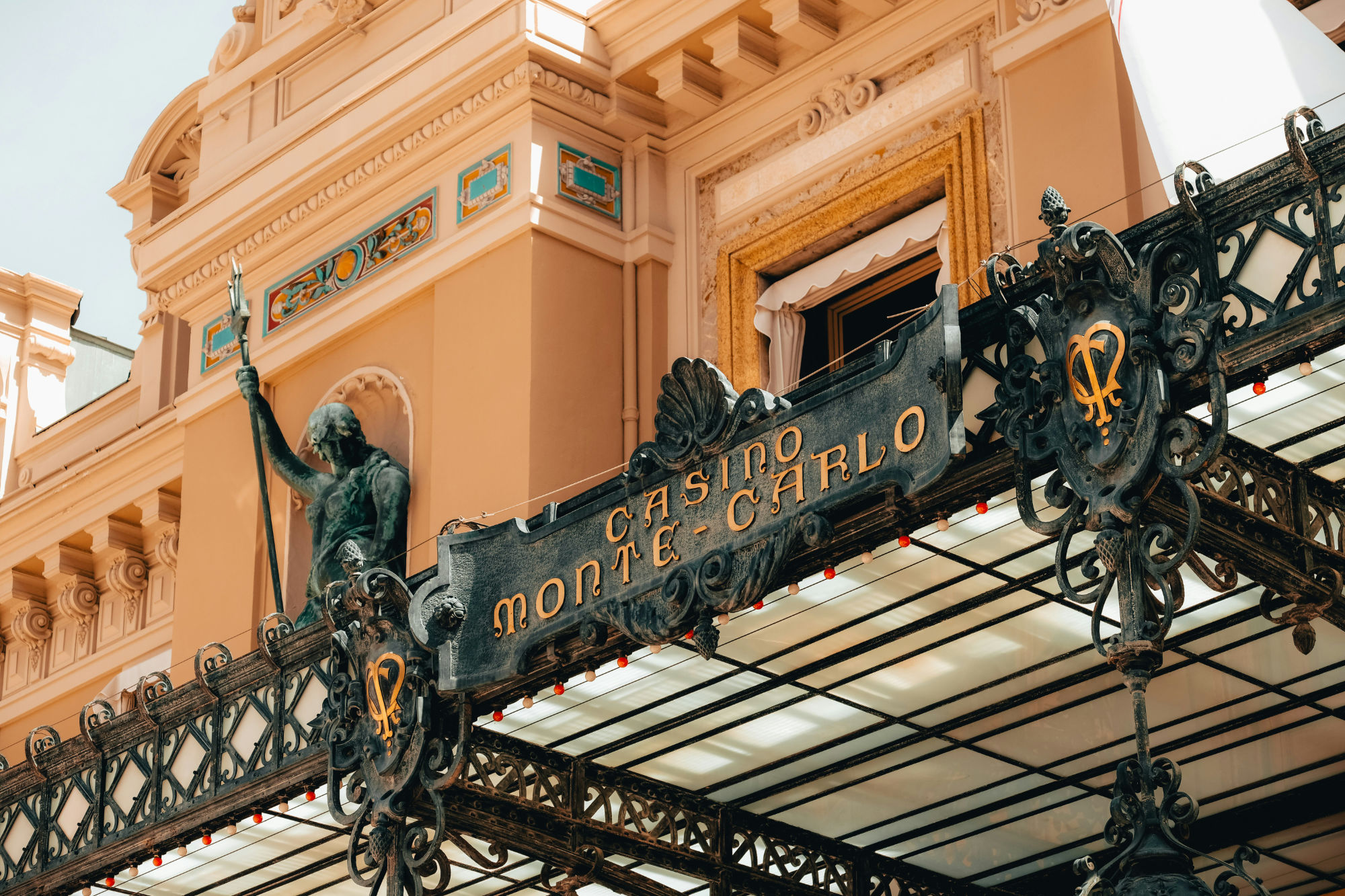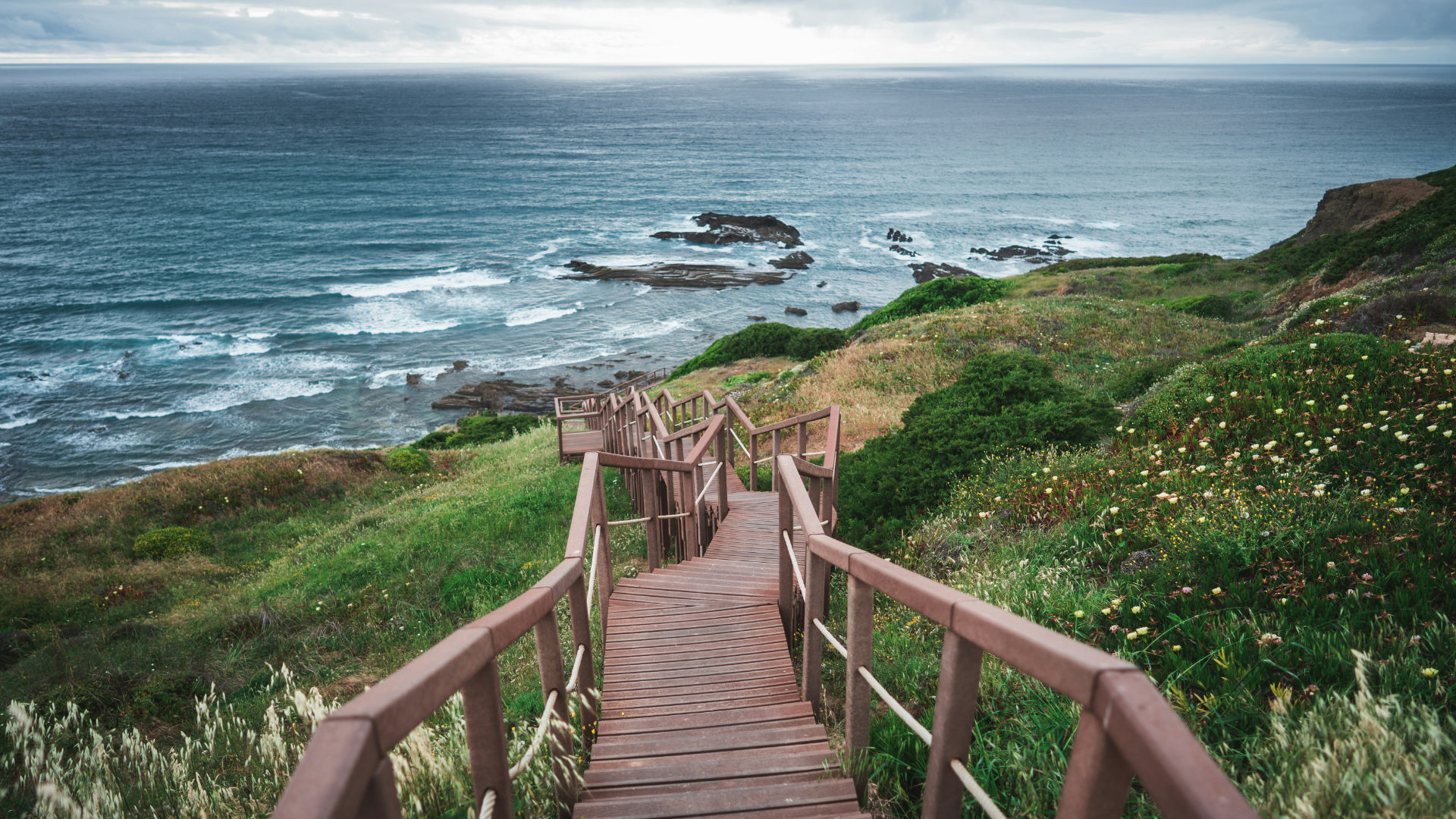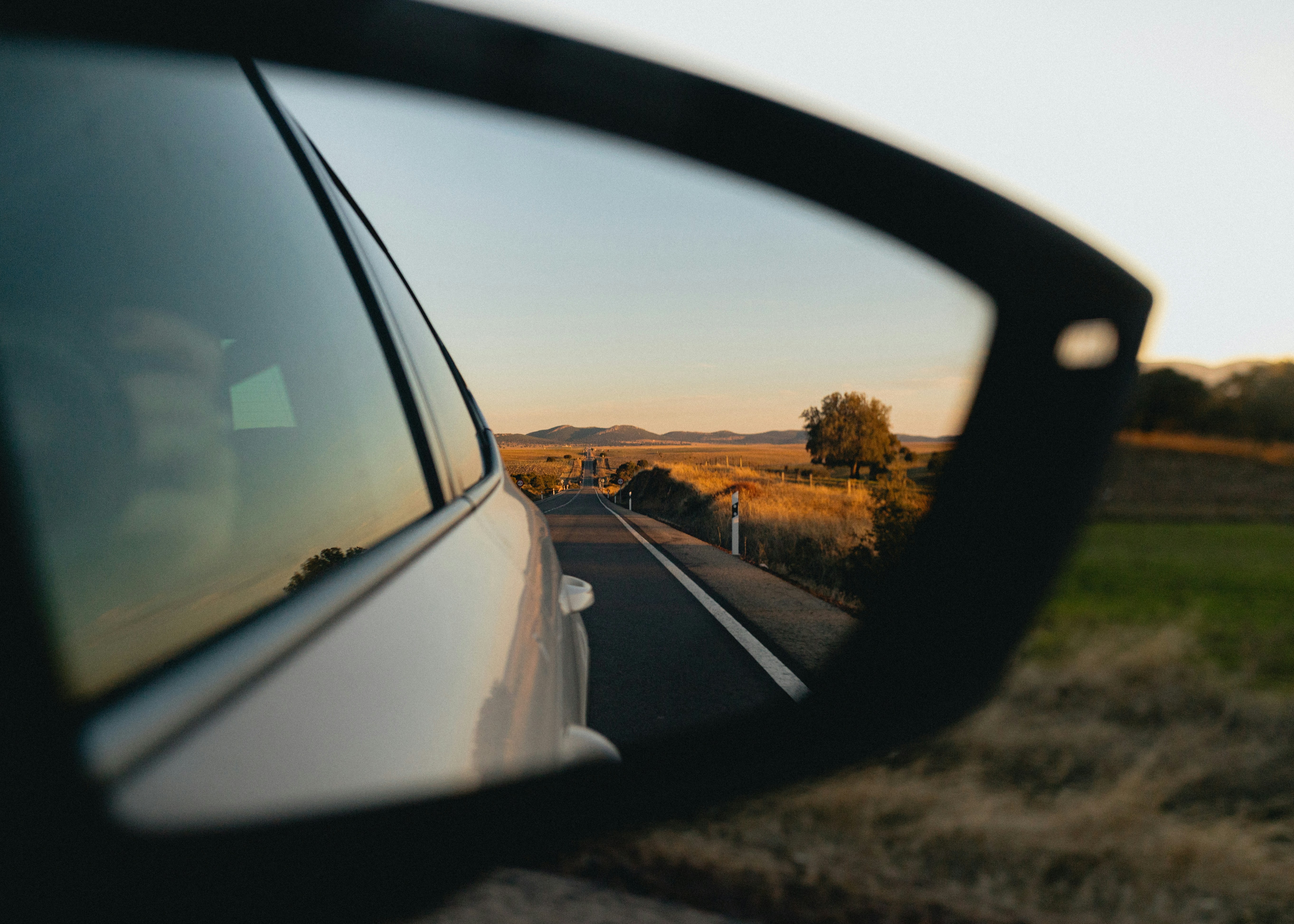Eastern Europe Road Trips: Slovenia, Croatia & Montenegro

Planning an Eastern Europe road trip that stitches together Slovenia’s Alpine lakes, Croatia’s island-dotted coastline, and Montenegro’s fjord-like bays is like combining three dream vacations into one. Within a compact distance you’ll drive past emerald rivers and high mountain passes, dip into sapphire coves along the Adriatic, and wind up in medieval towns where cobblestones echo with centuries of history. This guide gives you a practical, inspiration-rich plan: when to go, what to see, how long to stay, scenic routes to prioritize, and smart tips for parking, borders, and budgets. Whether you have a focused week or a leisurely two weeks, you’ll find a route that fits.
Why this region is perfect for a first-class road trip
Compact distances, big variety. In a single day you can leave Alpine scenery and stand on a sun-drenched seaside promenade. The transitions—mountain pass to river valley, vineyard hills to island views—are jaw-dropping.
Driveable roads + dramatic views. The Adriatic Highway, Slovenia’s mountain passes, and Montenegro’s serpentine roads serve up photo stops around every bend.
Storybook towns. From pastel-painted Piran and Rovinj to stone-walled Dubrovnik and Kotor, the old towns are destinations unto themselves.
Outdoor playground. Hike, kayak, raft, swim, and cycle in places like the Soča Valley, Plitvice Lakes, Krka, and Durmitor National Park.
Best time to go
Late April–June and September–October are sweet spots: pleasant weather, open attractions, and fewer crowds than high summer.
July–August bring beach-perfect heat and a festive vibe, but also the heaviest traffic and highest prices along the coast.
Winter/early spring can be a quiet, atmospheric time in cities, but some mountain roads and boat services may be limited.
Driving essentials (short, practical & future-proof)
Documents: Driver’s license, passport, and your rental agreement. If your license isn’t in Latin script, consider an International Driving Permit.
Tolls & payments: Expect a mix of toll roads, e-vignettes, or pay-as-you-go toll booths depending on the country and route. Carry a credit card and some cash.
Parking: Old towns are largely pedestrian. Park on the edge (look for signed lots) and walk in.
Border crossings: Bring passports for all travelers and allow extra time in peak season. Requirements can change; check official guidance before you go.
Navigation: Offline maps on your phone are a lifesaver in mountains or tunnels.
(Tip: avoid locking yourself into hard schedules. Build at least one “float afternoon” to absorb delays or enjoy a place longer.)
Overview: 7–12 day itineraries you can mix & match
Here are two balanced options. Both begin in Slovenia and flow south along the Adriatic to Montenegro. Add rest days or extra coastal nights to stretch to 12–14 days.
7–9 day express itinerary
Day 1: Ljubljana → Lake Bled & Bohinj
Day 2: Bled → Soča Valley (via Vršič Pass) → Piran
Day 3: Piran → Istria (Rovinj old town & Pula’s Roman arena) → overnight in Rovinj
Day 4: Rovinj → Plitvice Lakes National Park → overnight near the park
Day 5: Plitvice → Zadar (sea organ & sunset) → overnight in Zadar or Split
Day 6: Split (Diocletian’s Palace) or day trip to Trogir → overnight in Split
Day 7: Split → Makarska Riviera → Dubrovnik
Day 8: Dubrovnik old town & city walls
Day 9: Dubrovnik → Bay of Kotor (Perast & Kotor) → depart from Tivat/Podgorica or loop back north
10–12 day deeper-dive itinerary
Days 1–2: Ljubljana, Lake Bled & Lake Bohinj (Vintgar Gorge if open)
Day 3: Bled → Vršič Pass → Soča Valley (Kobarid/Tolmin)
Day 4: Soča → Piran (salt pans and Venetian charm)
Day 5: Istria (Rovinj, Poreč or Motovun’s hilltop views; truffle dinner)
Day 6: Istria → Plitvice Lakes (early/late visit to dodge crowds)
Day 7: Plitvice → Zadar (Roman forum, sea organ, sunset)
Day 8: Zadar → Krka National Park → Šibenik cathedral → Split
Day 9: Split old town & Trogir; optional island hop (Hvar or Brač)
Day 10: Split → Pelješac viewpoints → Dubrovnik
Day 11: Dubrovnik → Perast → Kotor (evening in the old town)
Day 12: Kotor serpentine road → Lovćen or Durmitor National Park (Žabljak & Black Lake) → depart
Country-by-country highlights
Slovenia: Alpine lakes, emerald rivers, Venetian-flavored coast
Ljubljana: A compact capital with riverfront cafés, bridges designed by Jože Plečnik, and a hilltop castle. Park outside the old town and stroll the car-free core.
Lake Bled & Lake Bohinj: Classic postcard views at Bled (island church, ring cake!) and wilder, wider horizons at Bohinj. Paddleboards and lakeside trails abound.
Vintgar Gorge: A short boardwalk through a narrow gorge of glass-green water (timed entries common in peak season).
Vršič Pass & Soča Valley: The mountain drive over Vršič (switchbacks and big vistas) drops into the Soča Valley, famous for turquoise rivers, WWI history, and rafting/canyoning.
Piran: A tiny jewel of Venetian architecture—red roofs, bell towers, and Adriatic light. Sunset from the old town walls is magic.
Scenic drive to prioritize: Bled → Vršič Pass → Kobarid (Soča). Leave time for photo stops; it’s one of the region’s best mountain drives.
Croatia: Istrian romance, waterfall parks, and the Dalmatian coast
Rovinj (Istria): A pastel harbor town with Venetian vibes. Climb the church tower for views, then get lost in cobbled lanes that tumble to the sea.
Pula: A remarkably intact Roman amphitheater anchors this lively port. Combine with a quick beach stop on the Verudela peninsula.
Plitvice Lakes National Park: Linked terraced lakes and waterfalls over travertine dams. Go early or late to sidestep crowds, and follow the wooden boardwalk loops.
Zadar: Known for spectacular sunsets and two modern seafront installations—the Sea Organ and the Sun Salutation.
Krka National Park & Šibenik: Krka offers river-island trails and viewpoints; Šibenik’s UNESCO-listed cathedral is a Gothic-Renaissance gem.
Split & Trogir: Split’s old town is built into Roman Emperor Diocletian’s Palace; Trogir, 30 minutes away, is a small island town laced with alleys and stone loggias.
Makarska Riviera: Coastal cliffs plunge to pebbly coves beneath Mount Biokovo; lookouts are made for quick swims and roadside picnics.
Dubrovnik: Walk the city walls for panoramic views; go early morning or late afternoon for the best light and fewer people.
Scenic drive to prioritize: The Adriatic Highway (D8) from Zadar to Dubrovnik. Hugging cliffs above the sea, it’s a classic coastal cruise. Plan for frequent photo stops.
Montenegro: Fjord-like bays, high-country loops, and dramatic switchbacks
Perast & the Bay of Kotor: The bay resembles a fjord, ringed by peaks and stone towns. Perast is serene; take a quick boat ride to Our Lady of the Rocks.
Kotor Old Town: Fortified walls climb straight up the mountain. Hike to the San Giovanni fortress for a bird’s-eye view of the bay.
Lovćen National Park: The Kotor serpentine road (many tight hairpins) corkscrews to high viewpoints; the Njegoš Mausoleum views reward the climb.
Budva & Sveti Stefan: Budva blends sandy beaches with an atmospheric old town; the islet of Sveti Stefan is best admired from scenic pull-offs.
Durmitor National Park (Žabljak): Alpine meadows, glacial lakes (Black Lake is the crowd-pleaser), and the Durmitor ring road—a photogenic loop through high pastures and limestone peaks.
Tara River Canyon: One of Europe’s deepest river canyons; rafting and the Tara Bridge viewpoint are favorites.
Scenic drive to prioritize: The Durmitor ring road (counter-clockwise for easier pull-offs). It’s a highlight reel of Montenegro’s high country.
Practical tips for a smoother trip
Renting a car
Pick-up & drop-off: Starting in Ljubljana and ending in Montenegro keeps driving southbound with the sea to your right for easier pull-offs. One-way fees may apply; compare options.
Car size: Old towns and mountain roads favor compact cars. If you’re four adults with luggage, a small SUV can be a good compromise.
Border permissions: Ensure your rental contract allows entry to all countries on your route.
Parking without stress
Use official lots just outside old towns (look for “P” signs).
Many historic centers use paid zones; pay at machines or apps and keep the ticket handy.
Your hotel or guesthouse may offer discounted garages—ask ahead.
Avoiding crowds
Visit star attractions early or late.
Build in lesser-known stops: Motovun (Istria), Ston (Pelješac), Perast (Montenegro) can be quieter than their famous neighbors.
Consider shoulder months or mid-week in summer.
Food & drink to try
Slovenia: Cream cake in Bled, Tolminc cheese in the Soča region, Karst prosciutto, and local whites (rebula).
Croatia: Istrian truffles, Dalmatian seafood, peka (slow-cooked under a bell), and wines like Malvazija and Plavac Mali.
Montenegro: Njeguški pršut (smoked ham), kacamak (cornmeal comfort food), lake fish near Skadar, and robust Vranac reds.
Budget snapshot (per couple, per day)
Save: €120–€180 (guesthouses, self-catered breakfasts, simple lunches, one paid site/day)
Comfort: €180–€280 (mid-range hotels, sit-down dinners, multiple paid sites)
Treat: €300+ (boutiques, guided day trips, island boat hires)
Fuel and toll costs depend on route and vehicle; coastal driving is fuel-efficient but mountain passes and national parks add time—worth it.
Sample day plans you can copy-paste
A perfect Bled day: Sunrise lake stroll → boat to the island → Bohinj for lunch → late-day Vintgar Gorge → Bled Castle viewpoint at golden hour.
Adriatic Highway sampler: Zadar coffee → swim stop near Primošten → Šibenik cathedral → sunset on Marjan Hill in Split.
Kotor & Lovćen: Morning climb to Kotor fortress → lunch in old town → serpentine drive to Lovćen viewpoints → evening seafood in Perast.
Safety & sustainability
Drive defensively: Expect narrow lanes and tight stone walls in old towns; take it slow on mountain hairpins.
Swim smart: Pebble beaches can be slippery—water shoes help.
Pack out: In parks and gorges, carry out all trash and stick to marked paths to preserve fragile limestone and river habitats.
Respect locals: Quiet residential lanes in historic centers—avoid late-night noise and don’t block driveways when parking for “just a minute.”
What to pack
Essentials: Light layers, a compact rain jacket, swim gear, water shoes, hat, sunscreen, and a reusable bottle.
Tech: Car charger, phone mount, offline maps, extra SD card for all those panoramas.
Shoes: Grippy trainers for boardwalks and gorges; sandals for beach days.
Paperwork pouch: Keep passports, licenses, and rental docs together, plus a pen for forms.
Frequently asked questions
How many days do I need?
A 7–9 day route covers headline sights with a coastal crescendo; 10–12 days adds islands, more national parks, or extra relaxation.
Can I do this as a family trip?
Yes. Boardwalk trails (Plitvice/Krka), easy beach access, and short city strolls make it family-friendly. Bring car snacks and plan swim breaks.
Will I need cash?
Cards are widely accepted in cities and on highways. Keep some cash for small parking meters, rural cafés, or mom-and-pop bakeries.
Are ferries necessary?
Not for the core route. If you add islands (Hvar, Brač, Korčula), you’ll take short vehicle ferries or catamarans—easy to slot into the plan.
Is it safe to drive?
Yes, provided you respect speed limits, keep to the right, and take mountain roads cautiously. Don’t follow GPS blindly into old-town cores; barriers and narrow lanes are common.
What about mobile data?
Pre-trip roaming plans or local eSIMs keep maps and messaging smooth. Download offline maps as a backup.
Final route builder: plug-and-play
Start in Ljubljana (1 night) → Bled/Bohinj (1–2 nights)
Drive Vršič Pass → Soča Valley (1 night)
Coast to Piran (1 night)
Cross into Istria for Rovinj (1 night), option: Pula stop
Cut inland to Plitvice (1 night)
Glide down the Adriatic Highway to Zadar or straight to Split (1–2 nights, with Trogir or Krka)
Scenic coast to Dubrovnik (1–2 nights)
Continue to Perast & Kotor, Lovćen or Durmitor (1–2 nights) → Depart
If you prefer a loop instead of a one-way, pivot inland after Kotor via northern Montenegro and re-enter Croatia toward Plitvice, then back to Slovenia. It’s a bit longer but keeps rental costs simpler.
SEO checklist (so you can publish fast)
Primary keyword: “Eastern Europe road trip”
Secondary keywords: “Slovenia road trip,” “Croatia coastal drive,” “Montenegro itinerary,” “Adriatic Highway,” “Vršič Pass,” “Bay of Kotor,” “Plitvice Lakes road trip”
On-page basics: Use the meta title/description above, one H1, several H2/H3 sections, internal links to related destination guides (if you have them), and descriptive image alt text (e.g., “View from Kotor fortress over Bay of Kotor at sunset”).
Images: Compress to web-friendly sizes; include at least one map graphic or itinerary overview image.
Snippet-friendly FAQ: The Q&A above is designed to win quick-answer boxes.
The takeaway
This three-country drive blends Alpine drama with Adriatic ease: start among Slovenia’s lakes, roll down Croatia’s waterfall-cut hinterland to its island-speckled coast, and finish in Montenegro’s stone towns and high-country panoramas. Keep your days flexible, follow the scenic roads even when they add an hour, and leave space for a spontaneous swim or sunset viewpoint. That’s the secret to a truly great Eastern Europe road trip—one you’ll be planning to repeat before you’ve even unpacked.


